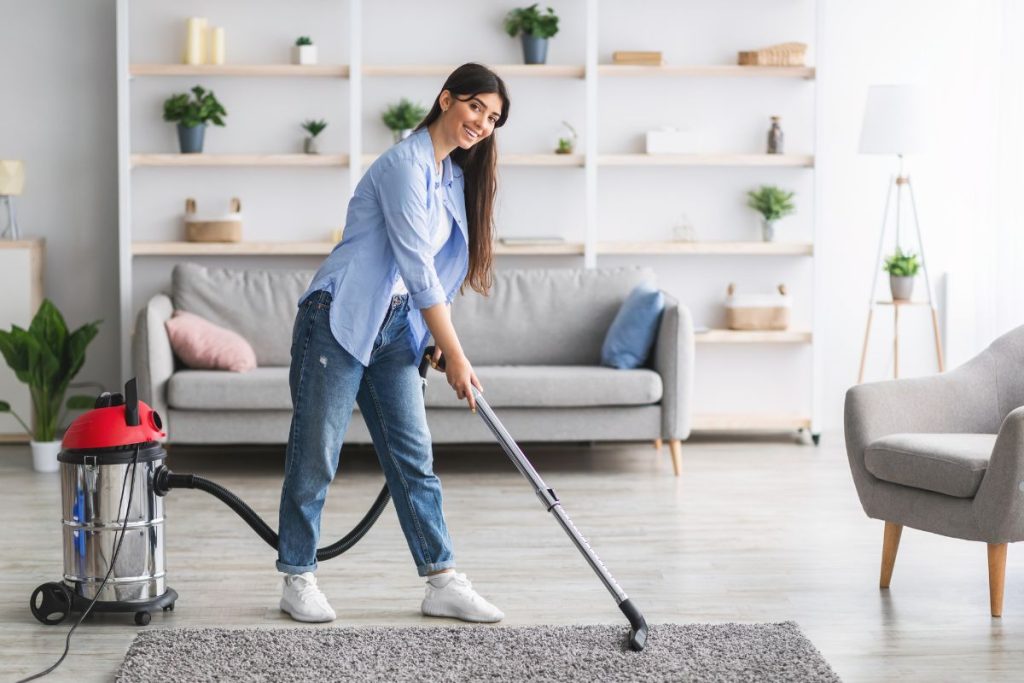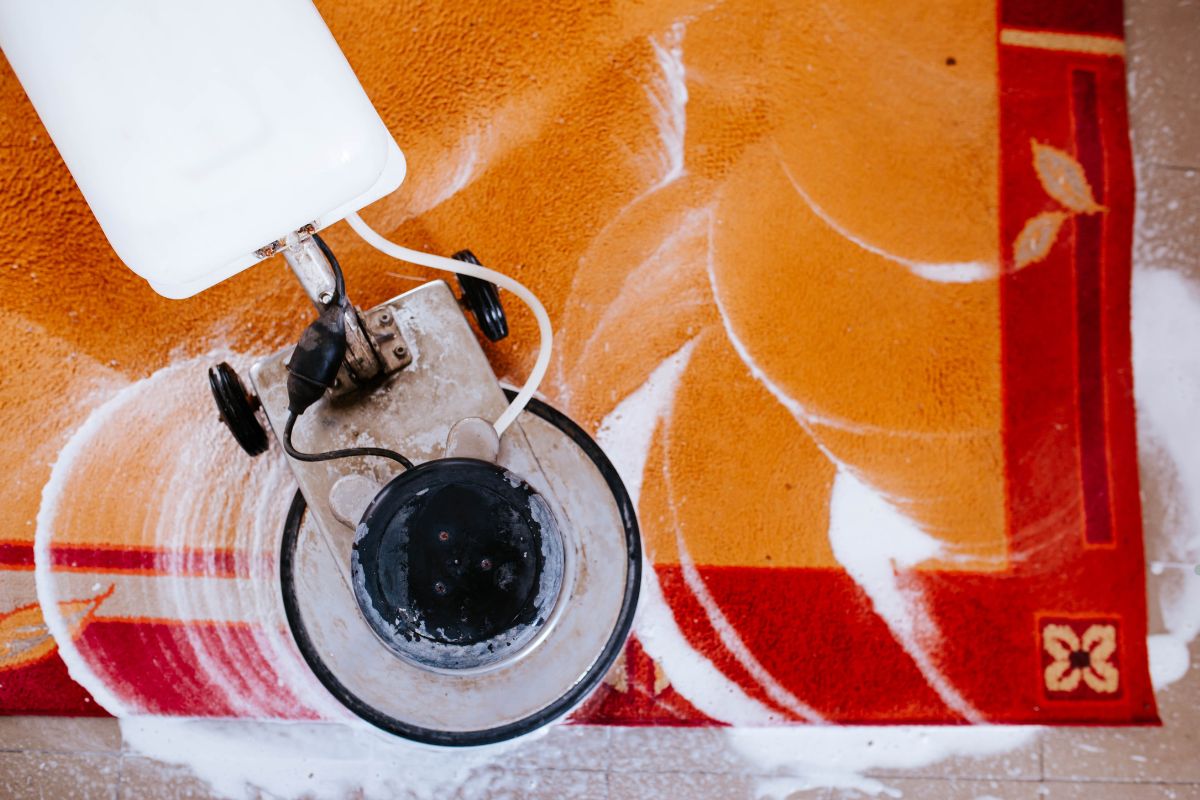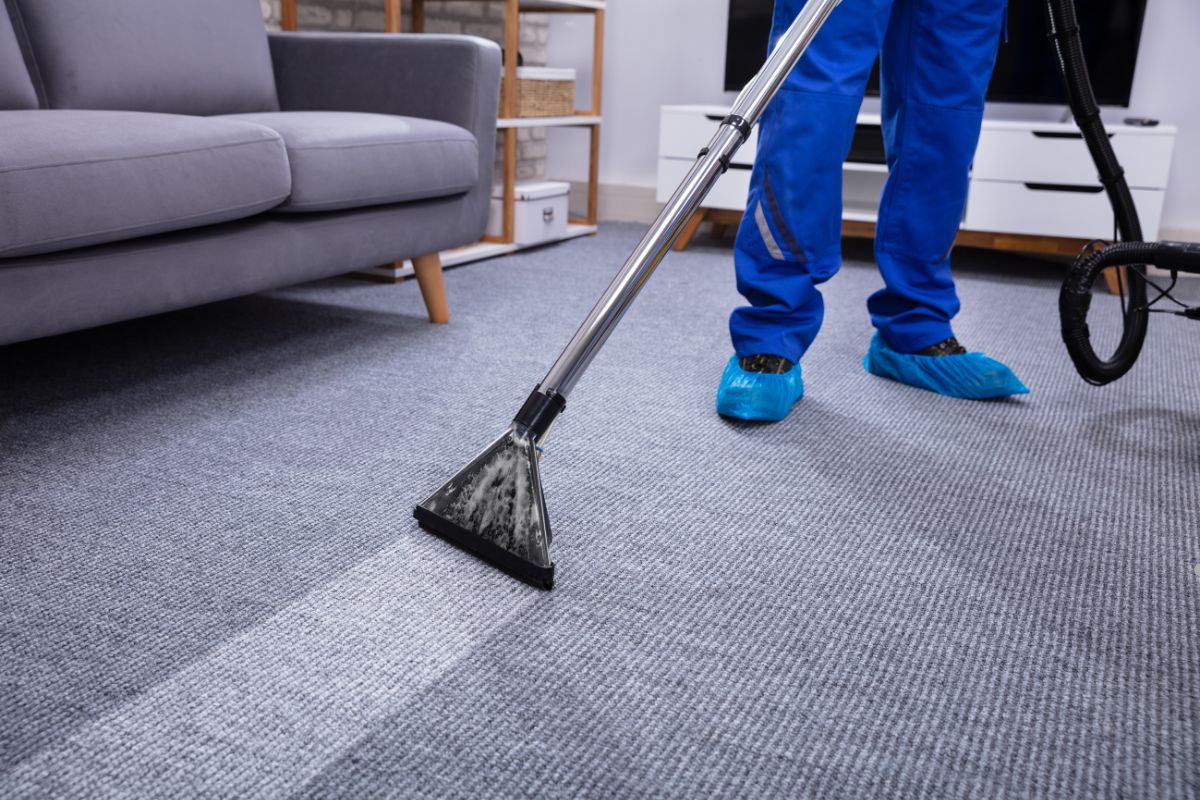
Keeping your rugs clean and well-maintained doesn’t have to be a daunting task. By implementing a few key strategies – understanding your rug’s material, using the right tools and techniques, and maintaining a consistent cleaning schedule – you can significantly extend the life and beauty of your rugs. This guide provides comprehensive best practices for rug cleaning, from everyday maintenance to tackling stubborn stains, empowering you to keep your rugs looking their best.
Introduction to Rug Cleaning
Rugs are more than just floor coverings; they add warmth, style, and personality to our homes. However, they also act as magnets for dirt, dust, allergens, and stains. Regular and proper rug cleaning is essential, not only for aesthetic reasons but also for maintaining a healthy indoor environment. A clean rug contributes to better air quality and reduces the risk of allergies and respiratory issues. Ignoring rug cleaning can lead to a build-up of embedded dirt, damaging the fibers and shortening the rug’s lifespan.
Explore Our Services to discover how our expert team can revitalize your carpets and rugs, ensuring a cleaner, healthier home environment.
Understanding Your Rug

Before diving into cleaning, it’s crucial to identify the type of rug you own. Different rug materials require different cleaning approaches. Using the wrong method can damage the fibers, causing irreversible damage. Understanding whether your rug is made of natural fibers (like wool, silk, cotton, or jute) or synthetic fibers (like nylon, olefin, or polyester) will determine the appropriate cleaning solutions and techniques. For instance, wool rugs need gentle cleaning to prevent shrinkage, while synthetic rugs are generally more durable and can withstand more rigorous cleaning.
Revive your carpets with our professional cleaning services! Say goodbye to dirt and stains. Call us now for a free quote and schedule your cleaning today!
Natural Fibers
Natural fiber rugs, such as wool, silk, cotton, jute and sisal, are prized for their beauty and durability. However, they are also more delicate and require special care.
- Wool Rugs: Wool is a resilient fiber but can shrink if exposed to high heat or harsh chemicals. Use cool water and a mild detergent specifically designed for wool. Avoid excessive scrubbing.
- Silk Rugs: Silk rugs are extremely delicate and should ideally be cleaned by professionals only. DIY cleaning can easily damage the fibers.
- Cotton Rugs: Cotton rugs are generally more durable than wool or silk and can often be machine-washed on a gentle cycle. However, always check the manufacturer’s instructions.
- Jute and Sisal Rugs: Jute and sisal are natural fibers that can be sensitive to water. Vacuum regularly and spot clean carefully with a dry cleaning solution.
Synthetic Fibers
Synthetic fiber rugs, including nylon, olefin, polyester and acrylic, are known for their stain resistance and durability. They are generally easier to clean than natural fiber rugs.
- Nylon Rugs: Nylon is a strong and resilient fiber that can withstand most cleaning methods.
- Olefin Rugs: Olefin is stain-resistant and fade-resistant, making it a good choice for high-traffic areas.
- Polyester Rugs: Polyester is soft and stain-resistant and can be cleaned with mild detergents and warm water.
- Acrylic Rugs: Acrylic rugs are similar to wool in appearance but are more affordable and easier to clean.
Looking for a safe and effective way to clean your carpets without putting your family, pets, or the environment at risk? The solution is eco-friendly carpet cleaning! By using natural products and methods, you can eliminate harsh chemicals while keeping your carpets fresh, clean, and healthy. This comprehensive guide covers the benefits, DIY solutions, product recommendations, and essential tips for maintaining a spotless, eco-conscious home. For more insights, check out our previous blog: Eco-Friendly Ways to Clean Your Carpets – A Guide for a Healthier Home.
Essential Rug Cleaning Tools & Supplies
Having the right tools and supplies can make the rug cleaning process much more efficient and effective. Here’s a list of essential items:
- Vacuum Cleaner: A vacuum cleaner with a good brush attachment is essential for regular maintenance.
- Rug Shampoo: Choose a rug shampoo specifically designed for your rug’s material.
- Stain Remover: Keep a variety of stain removers on hand for different types of stains.
- Soft Brushes: Use soft brushes to gently agitate and loosen dirt.
- Microfiber Cloths: Microfiber cloths are excellent for blotting and wiping surfaces.
- Carpet Rake: A carpet rake can help to fluff the fibers after cleaning.
- Rug Pad: Using a rug pad will help protect your rug from wear and tear.
Regular Maintenance: Vacuuming and Spot Cleaning
Consistent maintenance is key to keeping your rugs clean and extending their lifespan. Regular vacuuming and prompt spot cleaning can prevent dirt buildup and permanent stains.
Best Vacuuming Techniques
- Vacuum Regularly: Vacuum your rugs at least once a week, and more frequently in high-traffic areas.
- Use the Right Attachment: Use a brush attachment to gently lift dirt and debris from the fibers.
- Overlap Strokes: Overlap your vacuum strokes to ensure thorough cleaning.
- Vacuum the Back: Occasionally vacuum the back of the rug to remove trapped dirt.
Addressing Common Stains
- Act Quickly: The faster you address a stain, the easier it will be to remove.
- Blot, Don’t Rub: Blot the stain with a clean microfiber cloth, working from the outside in.
- Use the Right Solution: Use a stain remover specifically designed for the type of stain you’re dealing with.
- Test in an Inconspicuous Area: Before applying any cleaning solution, test it in a small, hidden area to ensure it doesn’t damage the rug.
Deep Cleaning Methods

While regular maintenance can keep your rugs clean on the surface, deep cleaning is necessary to remove embedded dirt and allergens. You have the option of using DIY methods or hiring professional services.
Maintaining the beauty and longevity of your rugs requires proper care and attention. Our experts specialize in cleaning various rug types, ensuring they remain vibrant and durable. Call us now to schedule a professional cleaning and give your rugs the care they deserve.
DIY Rug Cleaning
- Rent a Rug Cleaner: Rent a rug cleaner from your local hardware store.
- Use a Rug Shampoo: Use a rug shampoo designed for your rug’s material and read the instructions carefully.
- Follow the Instructions: Follow the rug cleaner’s instructions carefully.
- Dry Thoroughly: Ensure the rug is completely dry before placing furniture back on it.
When to Call a Professional
- Delicate Rugs: Silk, antique, and other delicate rugs should be cleaned by professionals only.
- Stubborn Stains: If you’ve tried everything and can’t remove a stain, it’s time to call a professional.
- Large Rugs: Large rugs can be difficult to clean yourself, so it may be easier to hire a professional.
- Time Constraints: If you don’t have the time or energy to clean your rugs, hire a professional.
Drying Your Rug Properly
Proper drying is essential to prevent mold and mildew growth.
- Air Dry: Air dry your rug in a well-ventilated area, away from direct sunlight.
- Use Fans: Use fans to circulate air and speed up the drying process.
- Avoid Walking on the Rug: Avoid walking on the rug until it is completely dry.
Your rug will be dry in a few minutes [Call us] to professionally deep clean your rugs and make it shiny and new!
Protecting Your Rugs
Taking steps to protect your rugs can prevent future damage and wear.
- Use Rug Pads: Rug pads protect your rugs from wear and tear and prevent them from slipping.
- Rotate Rugs: Rotate your rugs every few months to distribute wear evenly.
- Avoid Direct Sunlight: Direct sunlight can fade your rugs, so keep them out of direct sunlight or use window coverings.
- Clean Spills Immediately: Clean spills immediately to prevent stains.
- Avoid Heavy Foot Traffic: Avoid heavy foot traffic on your rugs.
Frequently Asked Questions (FAQs)
How often should I clean my rug?
The frequency of rug cleaning depends on factors like foot traffic, pets, and lifestyle. Generally, vacuuming should be done weekly, and deep cleaning should occur every 12-18 months.
Can I use any type of cleaner on my rug?
No, it’s crucial to use cleaners specifically designed for your rug’s material to avoid damage. Always test the cleaner in an inconspicuous area first.
How to protect my rug from daily dirt?
Use rug pads, vacuum regularly, and clean spills immediately to minimize dirt accumulation and prevent stains.
Conclusion
Proper rug cleaning is a worthwhile investment in the longevity and beauty of your rugs. By understanding your rug’s material, utilizing the right tools and techniques, and implementing regular maintenance, you can keep your rugs looking their best for years to come. Whether you choose to tackle rug cleaning yourself or enlist the help of professionals, prioritizing rug care will enhance the comfort and aesthetics of your home.
Keep your carpets fresh and spotless for longer! Book our professional carpet cleaning services today. Contact us now for a free quote and experience the difference.
